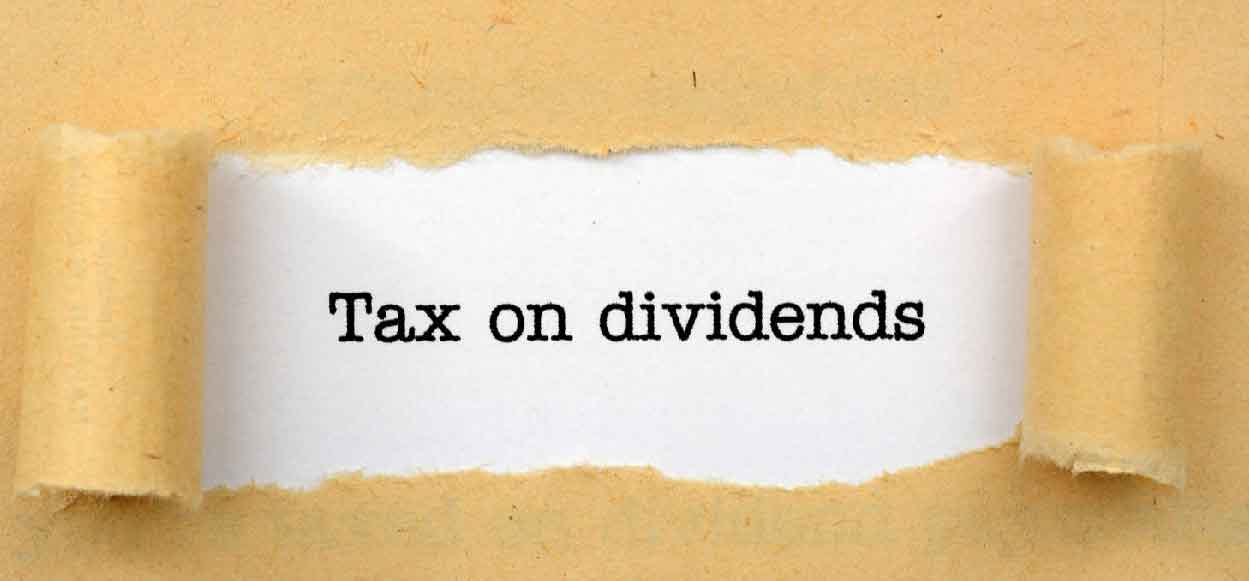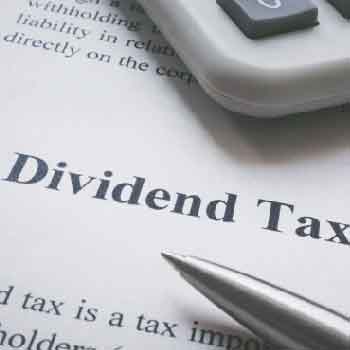Dividend Tax Calculator UK 2025/26
Dividend Tax Calculator – Use our free Dividend Tax Calculator to work out how much tax you’ll pay on your dividend income for the 2025/26 tax year.
Simply enter your other taxable income, add your dividend amount, and the calculator will instantly show how much tax is due at the basic, higher, and additional dividend tax rates.

Dividend Tax Calculator
UK Dividend Tax Calculator (2025/26)
Why use a Dividend Tax Calculator?
If you’re a company director, small business owner, or private investor, you may receive part of your income as dividends. Unlike salary, dividend income is taxed at different rates and has its own allowance. This can make working out your tax bill confusing.
Our Dividend Tax Calculator helps you:
-
See how much tax-free dividend allowance you can use
-
Understand how your other income affects which band your dividends fall into
-
Calculate how much of your dividends are taxed at 8.75%, 33.75%, or 39.35%
-
Estimate your total dividend tax liability instantly

How Dividend Tax Works in the UK
For the 2025/26 tax year:
-
Personal Allowance: £12,570 (tapered if income exceeds £100,000)
-
Dividend Allowance: £500 tax-free dividend income (Source HMRC)
-
Dividend Tax Rates: (Source HMRC)
-
8.75% on dividends within the basic rate band
-
33.75% on dividends within the higher rate band
-
39.35% on dividends within the additional rate band
-
Your other taxable income (salary, self-employment, rental income, etc.) always uses up your Personal Allowance and income tax bands first. Any remaining band is then applied to your dividends.
Example Calculation
If you earn £40,000 in salary and £15,000 in dividends:
-
Your salary uses up your Personal Allowance and most of the basic rate band.
-
Part of your dividends may be taxed at 8.75%, but most will fall into the 33.75% higher rate band.
-
The calculator shows exactly how this is split and the total tax due.
Who should use this Dividend Tax Calculator tool?
-
Company directors taking a mix of salary and dividends
-
Small business owners deciding how best to pay themselves
-
Investors receiving dividend income from shares
-
Accountancy students or anyone wanting to understand how UK dividend tax works

Important Notes
This Dividend Tax Calculator is a guide only. It does not cover:
-
ISAs or pensions (dividends inside these are tax-free)
-
The impact of Gift Aid or pension contributions on tax bands
-
Scottish income tax differences (dividends use UK-wide rates, but your other income may be taxed differently in Scotland)
For personalised advice, always speak to a qualified accountant or tax adviser.
For further reading why not take a look at our other handy calculators,
Dividend Tax Calculator FAQ
How much dividend income is tax-free in 2025/26?
For the 2025/26 tax year, you get a £500 dividend allowance, meaning the first £500 of dividend income is tax-free. If your total income is below the Personal Allowance of £12,570, you may also be able to receive more dividends tax-free.
What are the dividend rates for 2025/2026?
Dividend income above the allowance is taxed at:
-
8.75% in the basic rate band
-
33.75% in the higher rate band
-
39.35% in the additional rate band
These rates apply across the UK (dividends are not affected by Scottish income tax bands).
How does other income affect dividend tax?
Other taxable income, such as salary, rental income, or self-employment profits, uses up your Personal Allowance and basic rate band first. Dividends are then added on top, which may push part or all of them into a higher tax band.
Do I pay national insurance on dividends?
No. Dividends are not subject to National Insurance Contributions (NICs), which is why many company directors prefer to pay themselves partly through dividends.
Are dividends inside an ISA or pension taxable?
No. Dividends received from shares held within an ISA or pension (SIPP) are completely tax-free and do not need to be reported on a tax return.
How do I declare dividend income to HMRC?
If your dividends are within the allowance, you don’t need to report them. If you earn more than the allowance, you must declare them on your Self Assessment tax return. In some cases, HMRC may adjust your tax code instead if the amount is small.
What happens if my total income is over £100,000?
Your Personal Allowance is reduced by £1 for every £2 you earn above £100,000. This means at £125,140 and above, you lose the allowance entirely, and more of your dividend income becomes taxable.
Why use a Dividend Tax calculator?
Because dividend taxation depends on how your other income interacts with allowances and bands, it can be tricky to calculate by hand. A Dividend Tax Calculator quickly shows how much tax you’ll owe, how your dividends are split across bands, and your effective dividend tax rate.

